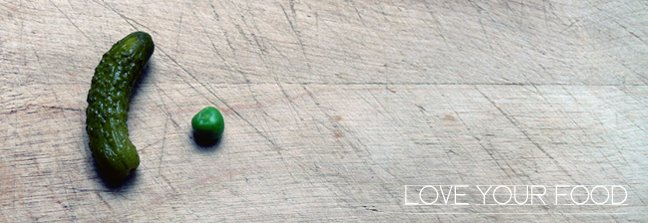
This piece of culinary genius comes from my husband. He rarely cooks, though as I have said before, when he does the results are inspired.
We are preparing for a vacation to the Cayman Islands for a friend’s wedding. Given the high cost of everything from toothpaste to dry goods on the island, we have been planning to bring a suitcase or two of non-perishables to prepare in our kitchenette. We leave in a week, and so far we've eaten about half of everything I have bought for our trip, including a box of PC Organics Original Pancake Mix.
I am interested to discover all of the possible uses for pancake mix. Not only does it make great pancakes, but as we have now learned, a thicker batter with double the egg works as a delicious frying batter for sweet treats. B cut up several not-too-ripe bananas we had sitting on the counter and dipped the pieces in the batter before frying them for several minutes per side in hot oil.

I remember being slightly horrified when I watched Nigella Lawson dropping battered mini Bounty bars into her deep fryer and gobbling them up straight from the vat. Now I’m more concerned for us never leaving the house and dipping everything we can think of into pancake batter. It tastes so good.
For those of you who are regular follows of my blog or know me at all may wonder why I am now embracing the wheat, so to speak. I wrote about my no wheat policy several months ago as I began questioning the necessity of my personal ban. Since then, I have visited an allergy specialist who quickly concluded I am not allergic. She gave me a good earful about not just food allergies, but also how the digestive system works, and I can see that my personal fluctuations had more to do with stress than anything else. I have subsequently been eating all things gluten-filled for two months now with no change in my general health and well-being.
If you are one of the many people who has been recommended by an alternative health practitioner to avoid certain foods, I invite you to consider verifying their claims with your family doctor. After all, why live life without all of the tastes our culinary world has to offer if you don't have to?

